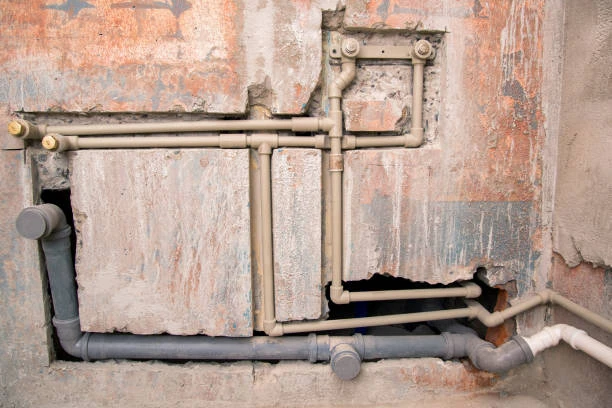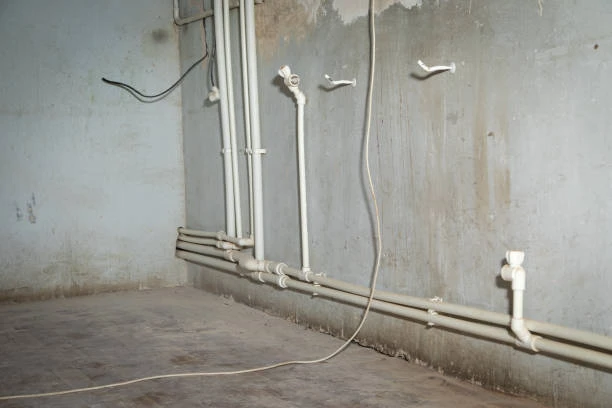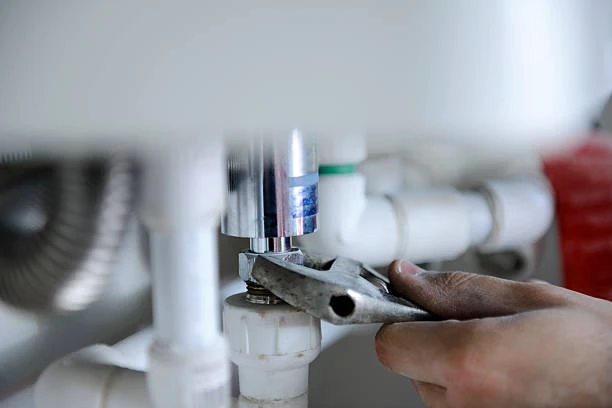When it comes to plumbing projects, choosing the right materials is critical for ensuring efficiency, durability, and cost-effectiveness. Among the various options available, (Polypropylene Random Copolymer)PPR pipes and fittings have gained immense popularity. This article explores the advantages of using PPR pipes and fittings, their applications, installation processes, and important considerations for successful plumbing projects.
1. What Are PPR Pipes and Fittings?
PPR pipes and fittings are made from polypropylene random copolymer, a material known for its excellent chemical resistance, high-temperature tolerance, and lightweight nature. These characteristics make PPR a suitable choice for various plumbing applications, including potable water supply, hot and cold water distribution, and industrial systems.
2. Advantages of PPR Pipes and Fittings
2.1. Durability
PPR pipes and fittings are highly resistant to corrosion, scaling, and chemical damage. Unlike metal pipes, which can rust and deteriorate over time, PPR maintains its integrity even in harsh conditions. This longevity translates to fewer repairs and replacements, making PPR an economical choice in the long run.
2.2. Lightweight and Easy to Handle
One of the standout features of PPR is its lightweight nature. This makes transportation and installation easier compared to heavier materials like metal or concrete. Installers can handle PPR pipes and fitting with greater ease, leading to quicker installation times and reduced labor costs.
2.3. Thermal Insulation
PPR pipes offer excellent thermal insulation, minimizing heat loss in hot water systems. This feature enhances energy efficiency, helping homeowners and businesses save on energy bills. Additionally, PPR’s low thermal conductivity reduces the risk of condensation, preventing potential water damage in insulated spaces.
2.4. Safe for Drinking Water
PPR is non-toxic and safe for drinking water applications. It does not leach harmful chemicals into the water, ensuring that the supply remains safe for consumption. This quality makes PPR pipes a preferred choice for potable water systems in residential and commercial settings.
2.5. Cost-Effective
While the initial investment in PPR pipes and fitting might be comparable to other materials, the long-term savings from reduced maintenance and replacement costs make them a cost-effective solution. Their durability ensures that they can withstand the test of time, further enhancing their value.
3. Applications of PPR Pipes and Fitting
3.1. Residential Plumbing
PPR pipes and fittings are commonly used in residential plumbing systems for hot and cold water supply. Their corrosion resistance and safety make them ideal for delivering drinking water, while their thermal insulation properties enhance energy efficiency in heating systems.
3.2. Commercial and Industrial Use
In commercial and industrial settings, PPR pipes are used for various applications, including:
- Chemical Transportation: Their resistance to aggressive chemicals makes PPR suitable for transporting various industrial fluids.
- Heating Systems: PPR is widely used in underfloor heating and radiator systems due to its ability to handle high temperatures.
3.3. Irrigation Systems
PPR pipes are also used in irrigation systems, where their durability and resistance to UV radiation make them suitable for outdoor applications. They can efficiently transport water for agricultural and landscaping needs.
4. Installation of PPR Pipes and Fitting
4.1. Tools Required
Installing PPR pipes and fitting requires specific tools, including:
- Pipe Cutter: For clean and precise cuts.
- Heat Fusion Machine: For joining fittings and pipes through heat fusion techniques.
- Measuring Tape: To ensure accurate measurements and cuts.
- Socket Wrenches: For tightening any necessary connections.
4.2. Step-by-Step Installation Process
- Planning and Measurement: Before installation, create a detailed plan, measuring the required lengths of pipes and fittings accurately.
- Cutting the Pipes: Use a pipe cutter to make clean cuts at the required lengths. Ensure the ends are smooth to facilitate better bonding during fusion.
- Heating the Fittings: Preheat the fusion machine to the required temperature. Insert the pipe and fitting into the heating element for the specified time.
- Joining the Pieces: Once heated, quickly remove the pipe and fitting and join them together with a twisting motion to ensure a secure bond.
- Cooling Period: Allow the joint to cool undisturbed for at least 30 seconds before applying any pressure or stress.
4.3. Best Practices for Installation
- Follow Manufacturer Guidelines: Always adhere to the manufacturer’s specifications regarding temperature, time, and application.
- Inspect Connections: After installation, thoroughly inspect all joints for proper fusion and alignment.
5. Considerations for Using PPR Pipes and Fittings
5.1. Temperature and Pressure Ratings
PPR pipes and fitting come with specific temperature and pressure ratings. Ensure that the system’s requirements fall within these limits to prevent potential failures.
5.2. Compatibility with Other Materials
If integrating PPR pipes with other types of piping systems, ensure compatibility. Transition fittings may be necessary to connect PPR to materials like PVC or metal.
5.3. Regulatory Compliance
Check local building codes and regulations to ensure that PPR pipes and fittings comply with necessary standards for plumbing projects. This may include certifications for drinking water safety and installation practices.
6. Maintenance of PPR Pipes and Fittings
One of the advantages of PPR pipes and fittings is their low maintenance requirements. However, regular inspections are still recommended to ensure that there are no signs of damage, leaks, or wear.
6.1. Routine Checks
- Inspect joints and fittings for any signs of leakage.
- Check for visible signs of stress or deformation in the pipes.
6.2. Cleaning
PPR pipes require minimal cleaning, but it is important to remove any debris that may accumulate around the fittings to maintain optimal flow.

Conclusion
PPR pipes and fittings provide a reliable and efficient solution for various plumbing projects. Their durability, lightweight nature, and safety make them an excellent choice for residential, commercial, and industrial applications. By understanding their advantages, installation processes, and maintenance needs, you can ensure a successful plumbing project that stands the test of time.
FAQs
- What are PPR pipes and fittings made from?
PPR pipes and fittings are made from polypropylene random copolymer, which offers durability and chemical resistance. - Are PPR pipes safe for drinking water?
Yes, PPR pipes are non-toxic and safe for transporting drinking water without leaching harmful chemicals. - How do you install PPR pipes and fittings?
Installation involves cutting the pipes to length, heating the fittings, and using heat fusion techniques to join them securely. - What are the main applications for PPR pipes?
PPR pipes are used in residential plumbing, commercial applications, industrial settings, and irrigation systems. - Do PPR pipes require maintenance?
PPR pipes require minimal maintenance, but regular inspections for leaks or wear are recommended to ensure longevity.


















